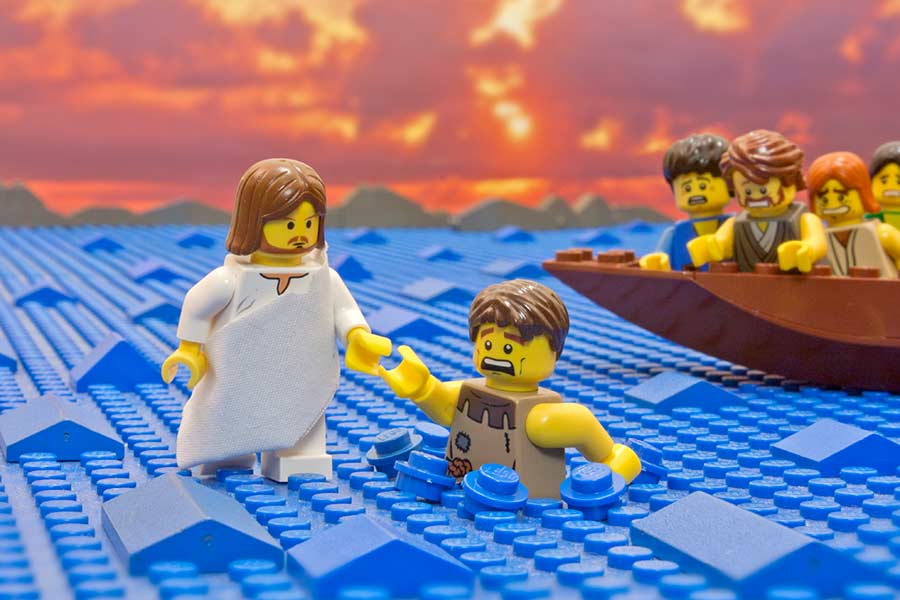As the turn of the century approached, the costs of constructing temples, legal fees, and supporting the families of Saints in prison for polygamy had driven the Church deep into debt. Upon his ordination as president, Lorenzo Snow barred the Church from borrowing further money from banks, and became convinced that the solution to the Church's financial crisis was the payment of tithing.
In 1899, Snow traveled to drought-stricken Southern Utah where he told Saints there that Jesus was not pleased that they were neglecting to pay their tithes. He assured them the drought would be lifted when a full and honest tithing was made. Back in Salt Lake City, Snow made similar speeches. In one conference, when the attendees pledged to accept the doctrine of tithing, Snow declared, "Every man who is here, who has made this promise, will be saved in the Celestial Kingdom."
During Snow's brief tenure as president he elucidated Church doctrine concerning the divine nature and destiny of mankind. With inspiration from Jesus he composed the following couplet: "As man now is, God once was; As God now is, man may be." He also oversaw the first sending out of women into the missionary field, marking the first time the Church had set apart female Saints as ambassadors of Jesus Christ.
At the dawn of the new century, the 87-year-old Snow issued a proclamation titled Greeting to the World on behalf of the Saints who now numbered more than 280,000 worldwide. In it, he put forth the hope that the 20th century would be an age of peace—in which war, with its horrors, would become but a memory. And he called on the monarchs and rulers among the nations to disband their armies, repent, and turn to Jesus.
When Snow died in late 1901, he was succeeded by the prophet Joseph Smith's nephew and namesake, Joseph F. Smith. Early in Smith's presidency it became known that certain Church leaders were still performing plural marriages in defiance of US law and the will of God. Smith was forced to issue a "second manifesto" specifying that anyone known to have solemnized or taken part in a plural marriage would be removed from the Church. Shortly following this announcement, two of the Twelve Apostles were excommunicated.
Blacks of African descent had been barred from the priesthood by Brigham Young in 1852. Subsequent presidents of the Church restricted blacks from being married in temples or receiving the temple endowment ritual. Different reasonings were supplied to justify these exclusions, and around the turn of the century a theory became popular among Church leaders and members that blacks had been less valiant in the premortal war in heaven against Lucifer and his angels.
In 1911, Joseph F. Smith became the first Church president to travel to Europe, where he visited the Saints living in England, the Netherlands, France, Switzerland, and Germany. While in Rotterdam, Smith strengthened the faith of many by restoring sight to an 11-year-old boy who had told his mother, "the Prophet has the most power of any missionary on earth. If you will take me with you to meeting and he will look into my eyes I believe they will be healed."
World War I ravaged Europe from 1914 to 1918. In Germany, patriotic Saints fought for their fatherland. When the US joined the war in 1917, more than 24,000 members of the Church enlisted to fight. Such a demonstration of loyalty did much to reduce America's poor opinion of Mormons from previous decades. President Smith sent troops off to war reminding them that even in conflict, people should retain "the spirit of humanity, of love, and of peace-making."
NEXT:
Also from the creator of The Brick Book of Mormon:

